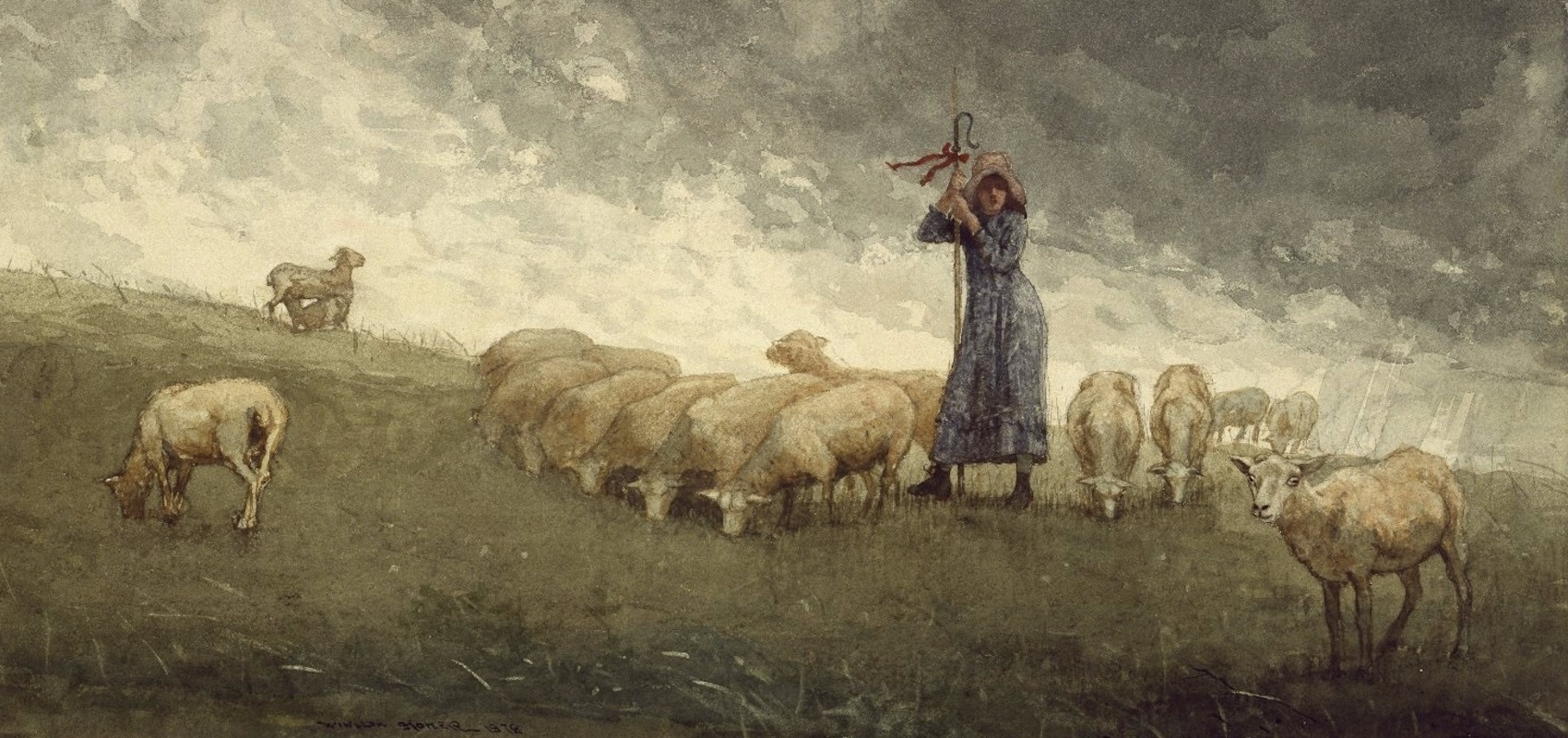
You could fill a small library with books from the last twenty years devoted to the erosion of religious belief and practice among Americans, particularly belief in Christianity. And in addition to all of these books, there have been countless articles, surveys, interviews, and more, telling the same story of relentless decline.
When I read this stuff, I experience a range of emotions: deep sadness, yes, but also irritation at the smugness of many of the “experts” reporting on this phenomenon. Shamefully, perhaps, I often feel a strong impulse to indulge in parody, even as I pray for a return to faith among “Leavers” who are particularly dear to me.
How happy I was, then, to read a book published earlier this year that responds to the narrative of lost faith in a constructive fashion, Daniel Taylor’s Believing Again: Stories of Leaving and Returning to Faith. Some of you may recall that in my previous column, I mentioned Dan Taylor and Bruce Wiebe, whom I met in my junior year as an undergrad and with whom I have been friends ever since. That Dan Taylor and the author of Believing Again are one and the same. Taylor (as I will refer to him here) is the author of many books, fiction as well as nonfiction. If you check out Believing Again, I hope you will then be motivated to read more of his work, including the series of four mystery novels featuring a protagonist named Jon Mote, whose trajectory is illumined by this new book.
At the outset of Believing Again, Taylor makes it very clear that he is not in denial about “the phenomenon of people leaving God, faith, and the church. For better or worse, this is something social scientists have investigated thoroughly and for a long time.” But he does insist on acknowledging a “balancing truth, also confirmed by social science . . . that many who leave eventually return,” though certainly nowhere near enough to avoid a net loss. He adds that Believing Again “will explore all this in stories rather than numbers.”
The power of stories has been a recurring theme in Taylor’s work over the decades. In Believing Again, he highlights a wonderfully various collection of figures. Kathleen Norris (Dakota: A Spiritual Geography; The Cloister Walk), the “Reformation Rapper” Lecrae Moore, the poet Christian Wiman, the journalist and screenwriter Dan Wakefield, the novelist Anne Rice (Interview with the Vampire), the scholar Rosaria Butterfield, and the prolific British “man of letters” A. N. Wilson are among those whose stories of losing and regaining faith Taylor summarizes, drawing on their own accounts; he also includes “the common folk,” as he puts it, a couple of whom tell their own stories in these pages. (One of my favorites here is Paula Huston’s chapter, “A Love Story.”) “What a hodgepodge,” you may be thinking. But that’s precisely the point: to suggest how the experience of “believing again” after a loss of faith takes many different forms; it’s a vibrant reality that has been largely unreported.
Right at the end of the book, in his epilogue (“A Word to Potential Returners”), Taylor writes that, although he never left the faith entirely, “I wandered to its edge.” For a long time, he says, he “assumed that there were good answers to all [his] questions”; he
spent years looking, earnestly but with decreasing confidence. . . . Basically I was a Yearner wandering in the hinterlands of belief.
But mine was an attenuated, theoretical faith at best. Far less real and alive than Jayne’s, my wife’s. I was Kierkegaard’s metaphorical donkey, standing between two piles of hay—belief and disbelief—and starving because I couldn’t decide which one to eat.
What I discovered—precisely from reading people like Kierkegaard and Pascal and many others—is that faith is not a puzzle to be solved; it is a story to be lived.
I’m grateful that Taylor has given us this account—the stories of returning to faith from such a rich variety of witnesses, and his own hard-won testimony. I hope that his book will inspire others to take up this rich and yet relatively neglected theme from many different angles. May it be so.
